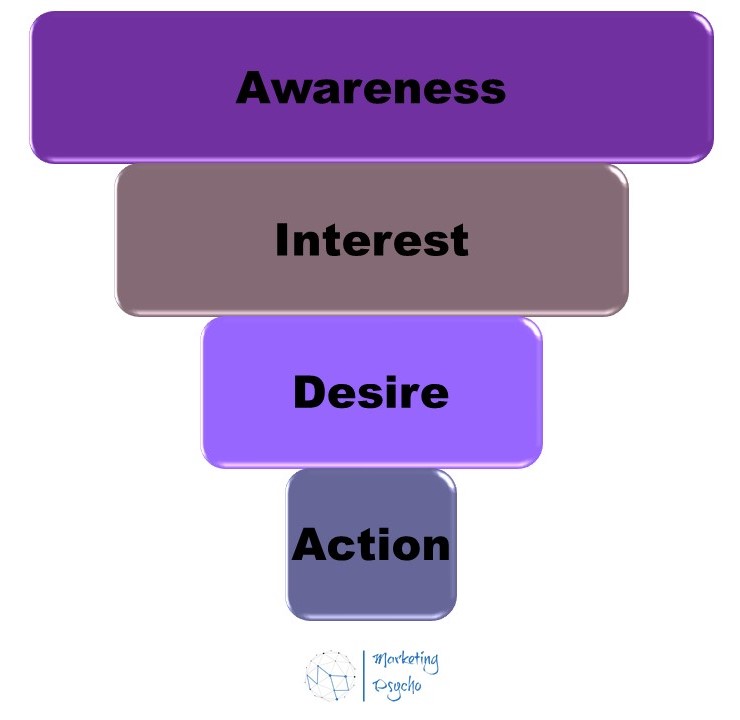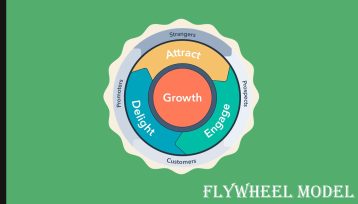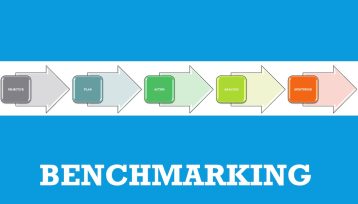Brand awareness is the level of knowledge people have about your brand. The level of knowledge means how well customers are informed about your company, about your products, how much they can recognize or remember your brand. The higher the level of knowledge, the more the audience is familiar with you, thus, the purchase of your product or service is more likely.
Let’s go through the sales funnel, which displays the buyer’s path. The basic view of the funnel has the following form:
AIDA Funnel
- Awareness. This is the stage of getting acquainted with a product or service, when you first encounter them, an initial contact.
- Interest. You will learn more information about a product or service and this causes you positive feedback, a response. You are showing interest.
- Desire. After the Interest stage, your feelings develop and become deeper. You have a desire to get this product or a desire.
- Action. This is the final stage. You have a clear intention to perform an action.
Awareness is the first component of the funnel, it is the beginning of the path. That is why it is so important that the audience is familiar with your brand. The purchase decision is made at the end of the journey, but the first impression is laid at the Awareness stage. If you have a strong brand, it will greatly increase your chances of selling.
I would like to emphasize that it is not enough to be known and recognized by the customer, you also need to pay attention to the reputation of your company, how you look in the eyes of your audience. You may find yourself in a situation where the audience knows your brand, but they don’t like it or they don’t trust it, which obviously won’t benefit you.
Top of Mind
Speaking about brand awareness, it is impossible not to mention Top-Of-Mind Awareness (TOMA). Many companies strive for top-of-mind awareness (TOMA), that is, to be the first in the minds of customers when they mention the product category they represent. As a rule, previously marketers used to launch extensive advertising campaigns to achieve Top of Mind status, but this is a rather expensive tactic, and many companies could not afford it.
Now consumers learn about products and brands not only from advertising. When making purchase decisions, consumers receive information from a variety of sources to justify their judgments. In his book “Top of Mind. Use content to unleash your influence and engage those who matter to you” John Hall describes how to achieve Top of Mind status with high-quality content. Initially, people are wary of you and your product because they don’t know you. To enter into any business, you must overcome the walls of distrust or trust barriers.
John Hall examines in his book some of the touchpoints for creating trust and opportunity. But he reminds you that human emotions are a multi-faceted and complex thing, so there is no universal checklist that guarantees 100% success.
- Helping others
- Being transparent and likable
- Brand and thought leadership
- Remaining consistent and boosting familiarity
- High-quality digital content
Contents an effective way to build your authority and engage in a live conversation with your audience that doesn’t have to end. Great content is created for the sake of the reader. Your content should either educate or entertain your audience. In any case, they want to be enriched. Write for their needs and you will earn a top-of-mind spot.
Brand Awareness Metrics
Brand awareness is a key metric of brand performance in the market. And how can this indicator be measured? There is no universal formula to calculate the level of awareness. But you can apply some approaches:
- Surveys and tests. You can conduct surveys offline with the help of specialized agencies or online with the help of social networks, email. Ask your audience what they think of you. Analyze the feedbacks that your customers leave. You can also perform tests, for example:
- By product category. You offer the audience a certain product category and ask them to name the brands they associate this category with. Do not use brand names. The audience must remember and define the brand itself.
- By brand name. Unlike the previous test, in this case, on the contrary, they call the brand and ask the audience to tell what they know about it to understand the depth of knowledge about this brand.
- Using “accompanying” metrics for brand awareness analysis, that is, metrics that evaluate other types of marketing activities are used to analyze the level of knowledge about your brand, for example:
- Website metrics, such as the number of visitors, time spent, and others. They show that people know about your brand and interact with it.
- Metrics for social networks, such as the number of followers, likes, comments, and others. These indicators show not only the knowledge of the brand but also the attitude towards it.
- Metrics for analyzing advertising campaigns, for example, CTR (Click Through Rate), the number of views for videos, and others. They will help you analyze audience engagement.
You can use different metrics depending on your type of activity and the direction of your marketing, the main thing is that they reflect a true picture of the brand awareness level.
Next Steps
So, you have analyzed brand awareness and realized that you need to improve this indicator. What is necessary to do this? There are various ways, but, in my opinion, at the moment the most effective is the creation of useful and interesting content. I have already mentioned it in this article as part of achieving TOMA status, but the application of content is much broader.
At the same time, it is worth using various forms, such as blogs, expert articles, videos, podcasts, and others. And, of course, the main condition is that your content is free. If your audience likes the content, they will share it and will promote your brand themselves, thereby expanding their reach. This is the essence of word-of-mouth marketing. Actively use your social networks, involve people, give them an opportunity to talk, support them. Don’t treat it as a duty, be closer to your audience, they want to see that your company has a human face with emotions, feelings, mistakes.
Other methods are more expensive, such as launching an advertising campaign or sponsoring an event, but they can also bring a great response.
Increase the level of your brand awareness, build trust with your audience, monitor the reputation of your company, all these are integral parts of a strong brand and a reliable company.
To find more marketing tips go to Marketing Analysis section of the website.
If you prefer a monthly update about marketing and sales delivered to your e-mail address, please, subscribe to Marketing Psycho Marketing and Sales newsletter.





